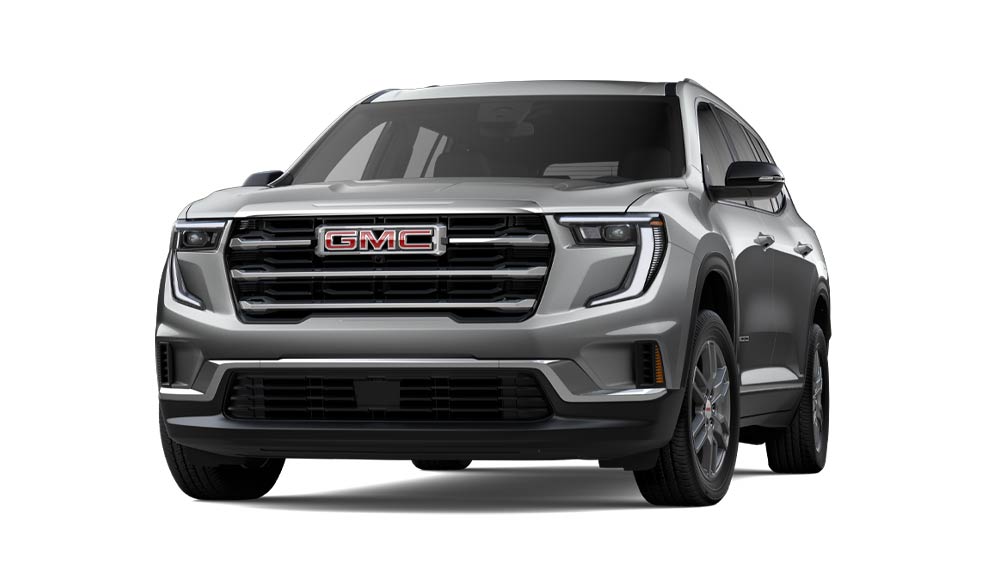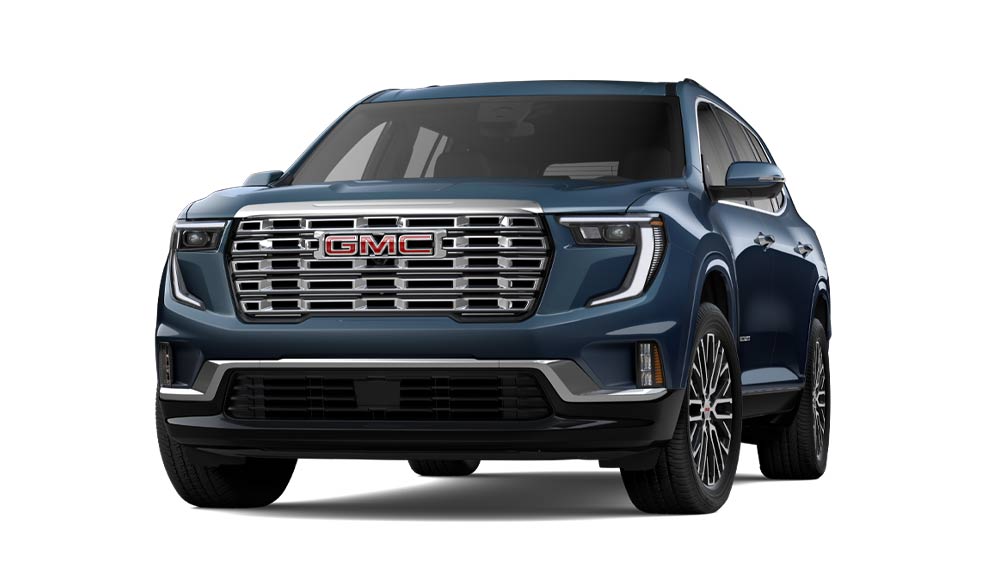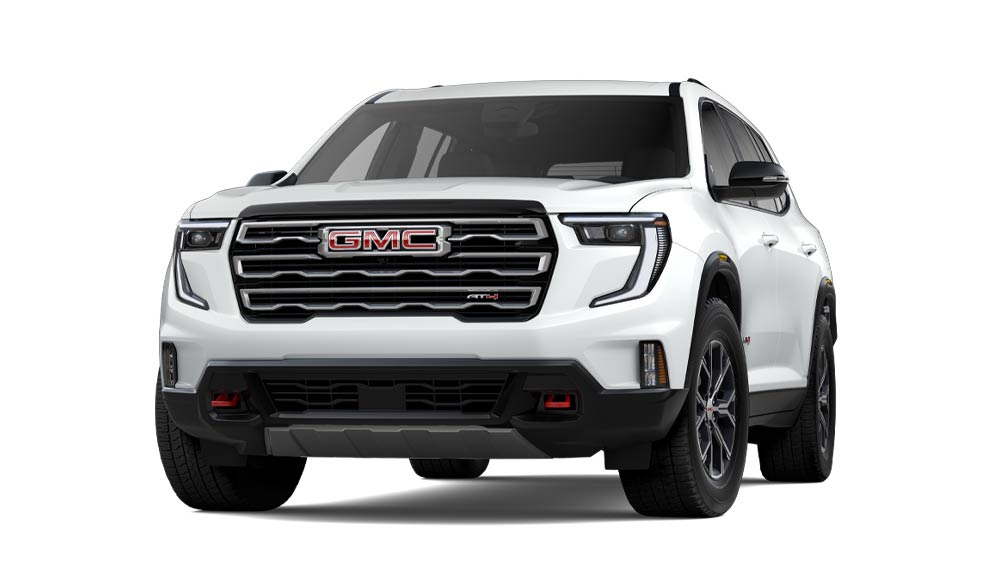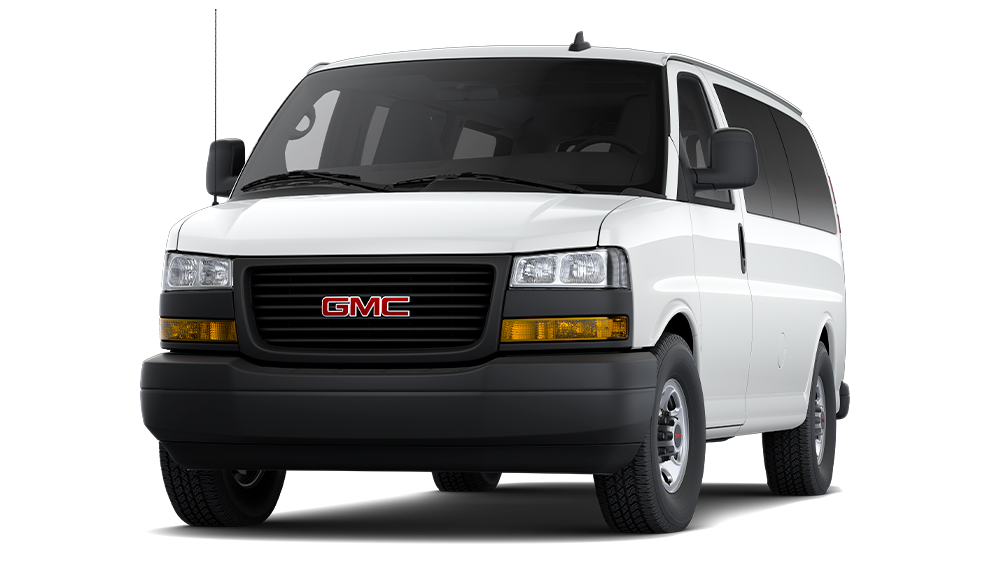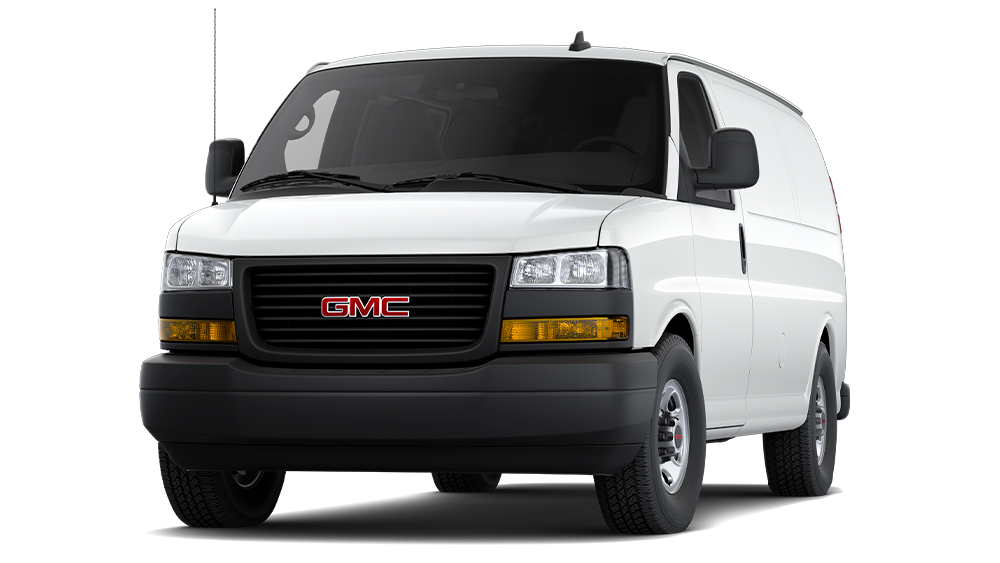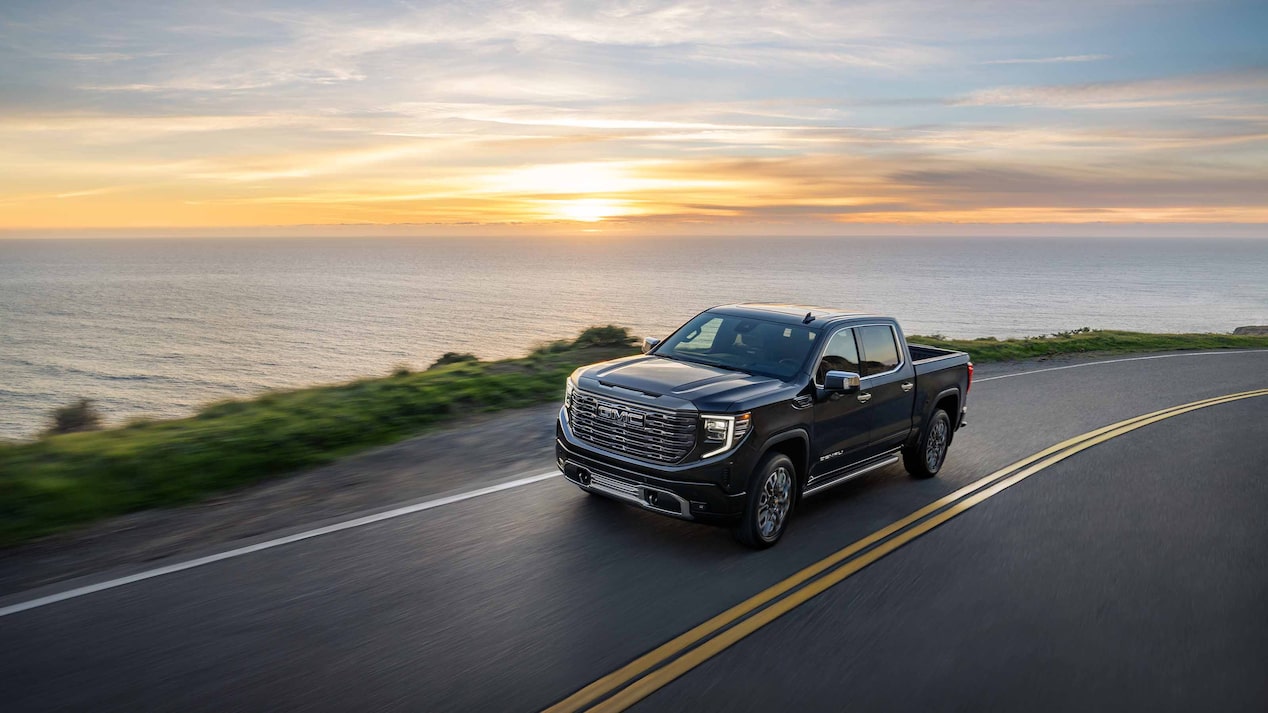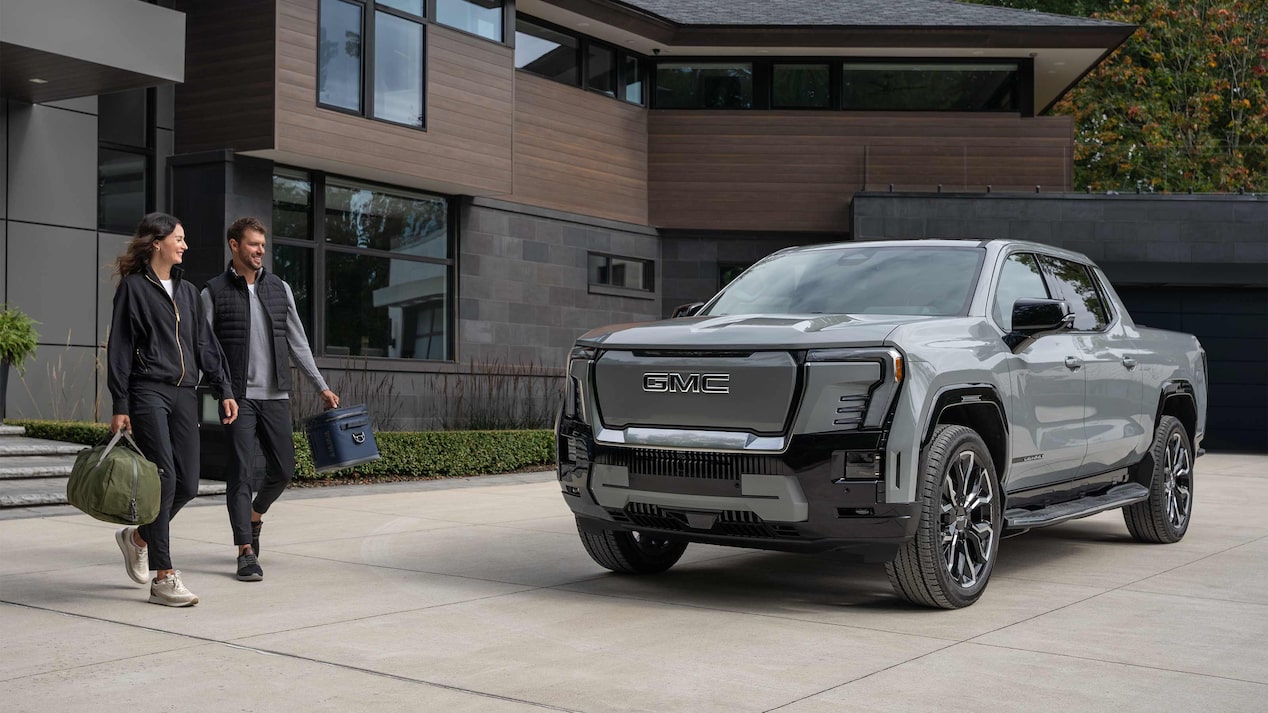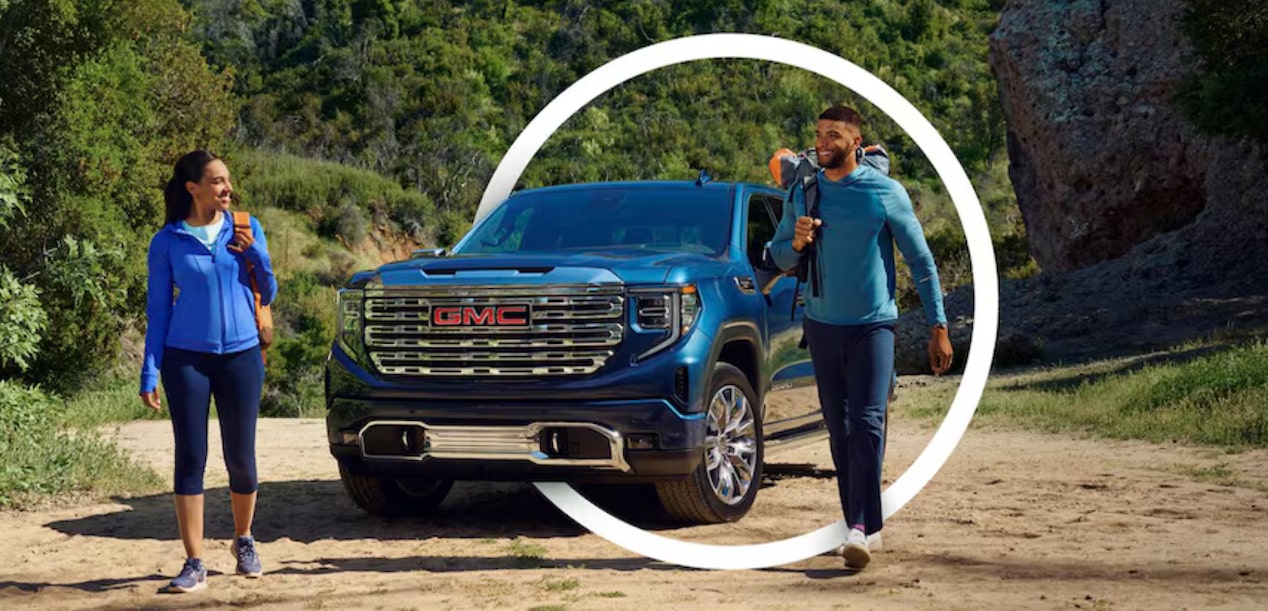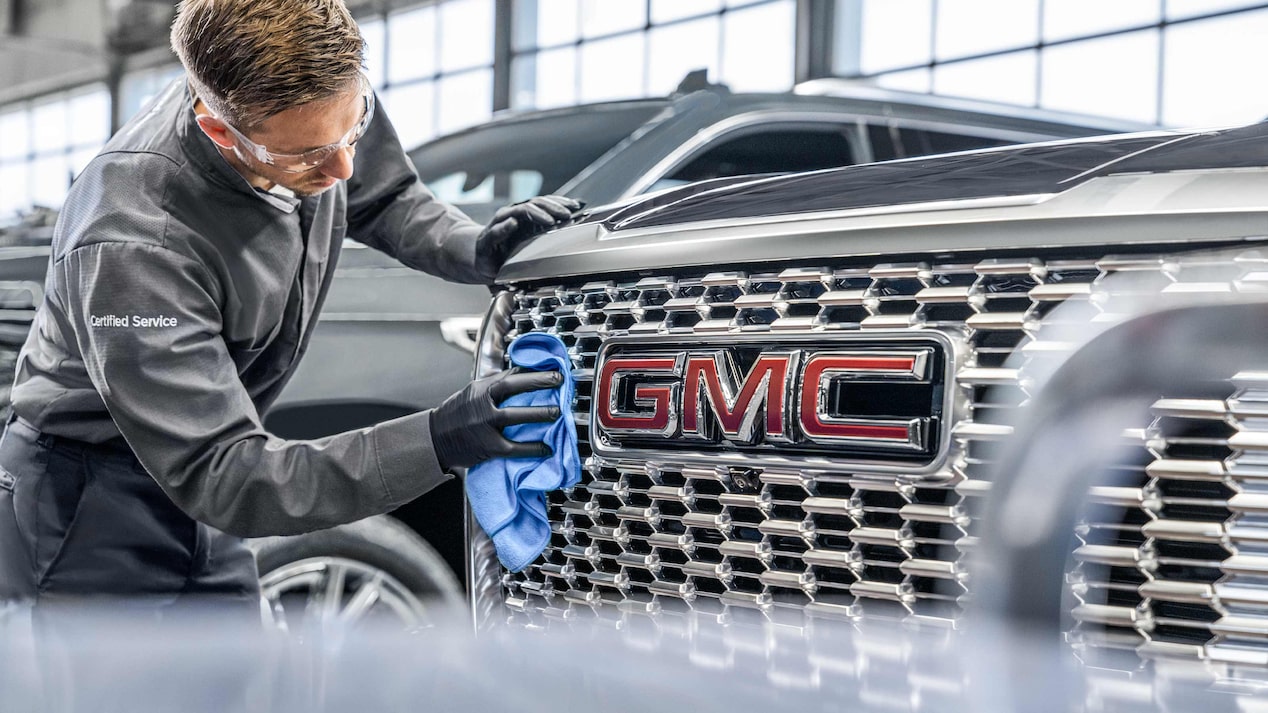GMC LIFE
SIX TIPS FOR SAFE TRAILERING
Whether you’re pulling a camper to a family camping trip, towing a boat for a day on the water, or hauling equipment to a job site — GMC trucks and SUVs are engineered for trailering. GMC’s
Before you hitch up your vehicle, there are a lot of boxes that need to be checked. Consider these six tips in order to help you tow safely.

1. STAY WITHIN YOUR LIMITS
A crucial thing to remember is when trailering not all vehicles, trailers, and hitches are the same. Towing capacities differ by body style, bed lengths, drivetrains and other equipment installed on the vehicle.
Review the towing capacity of your specific vehicle and ensure its capable of handling the weight of your trailer and cargo. Exceeding the weight capacity of your vehicle or trailer can result in dangerous handling, insufficient braking, or serious damage to the vehicle’s suspension, engine and drivetrain.In addition, make sure your hitch can handle the weight of your trailer and cargo. Certain hitches are capable of pulling heavier loads and depending on the weight of your trailer, you should follow your Owner's Manual regarding recommended hitches.
If you are carrying additional cargo or several passengers, you should also ensure you’re not overloading the vehicle. Refer to the Gross Vehicle Weight Rating issued for your vehicle. Likewise, do not exceed the Gross Combination Weight Rating set by the manufacturer. Always check the Owner’s Manual for your GMC’s towing capacity, or visit the vehicle pages for the Sierra 1500, Sierra HD, Yukon, and Canyon.

2. PACK YOUR TRAILER PROPERLY
Not only is it important to stay within the limits of your vehicle and trailer’s load capacity, but it’s also crucial to ensure your cargo is properly loaded onto your trailer. For a seamless trailering experience, it’s important to move roughly 60% of your cargo toward the front of your trailer, and evenly distribute the weight on the left and right sides of the trailer so your cargo is secure and won’t shift on the road.

3. CHECK YOUR TIRES
This goes for both your vehicle and your trailer. Tires that are not properly inflated can negatively affect handling when towing. In addition, underinflated tires can create resistance that forces the engine to work harder resulting in consuming more fuel and increasing tire temperature. The available In-Vehicle Trailering App, accessible within the infotainment system of the Sierra 1500, Sierra Heavy Duty and Yukon, offers trailer statuses including available tire pressure and temperature

4. CHECK YOUR LIGHTS
The taillights and marker lamps on your trailer may seem unneeded, but they’re quite important. Large trailers or loads may obscure the taillights on your vehicle and ensuring that the lights on your trailer are fully functional is crucial for night driving as collisions can occur if lights are not properly connected. The available In-Vehicle Trailering App also offers a Trailer Light Sequence, which includes an automatic light sequence and light tests.

5. CHECK YOUR BRAKES
While smaller, lighter trailers may not need trailer brakes of any kind, heavier trailers capable of holding larger loads will usually require a trailer brake system. Whether your trailer is equipped with hydraulic surge brakes or electric brakes, make sure the emergency “breakaway” cable is properly attached to your vehicle. If your vehicle is unexpectedly disconnected from your trailer, this cable is designed to trigger the brakes on the trailer.

6. KNOW YOUR SURROUNDINGS
Whether you’re pulling a camper, boat, or cargo, trailers can create blind spots and limit visibility around or behind your vehicle. Luckily, the GMC Sierra 1500, Sierra Heavy Duty, and Yukon offer a host of available trailering technologies that help you stay in command of your vehicle and trailer. In addition to the extensive camera views offered by these vehicles, the Prograde Trailering System also offers Trailer Blind Side Zone
To learn more details on trailering and towing capabilities for your specific GMC, check out our online Owner Manuals.









